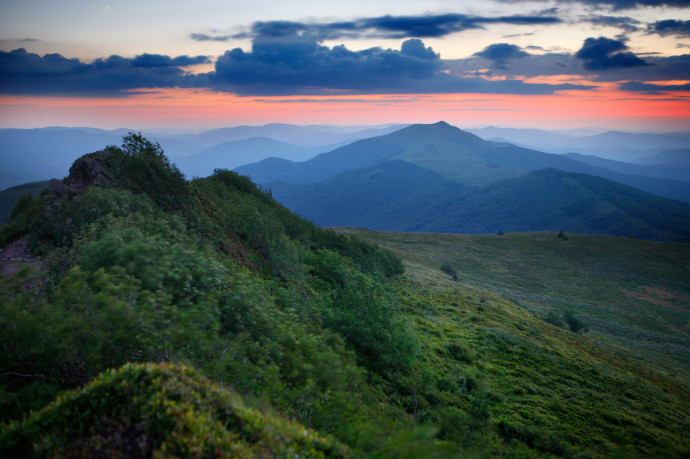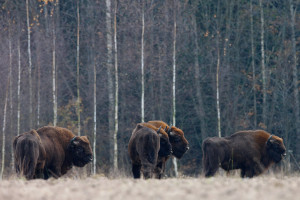We regret to announce that recently, Rewilding Europe had to decide to withdraw from the Eastern Carpathians rewilding area. The main reason is that, despite several years of trying, we have found that at the moment there is no enabling environment for a major rewilding initiative in the region.

In 2010 the Eastern Carpathians were nominated by local organizations to become one of the first showcases in Europe for rewilding within the Rewilding Europe initiative. The reasons for this were the uniqueness of the area: situated in the triangle where Poland, Slovakia and Ukraine meet, the Eastern Carpathians are one of the wildest corners in all of Europe. They are one of the few places in our continent with an almost full spectrum of original native wildlife species and home of one of the largest wild and free-roaming populations of European bison and the most important refuge for the brown bear in Poland.
However, getting a rewilding initiative off the ground has been difficult from the onset. During a temporary hold of the project in 2013, Rewilding Europe and the local team tried to find new ways to re-establish the project. This included building positive working relationships with key authorities in the area. However, it still appeared difficult to achieve tangible results on the ground.

Therefore, following another year of reviewing and reorganizing the project and broadening the approach with new and important stakeholders in the area, another restart was made in 2014. The focus was shifted to a more structural support of bison conservation, a natural grazing pilot and exploration of possible rewilding enterprises in the area. This provided some small results like the release of two bison in December 2014, but all in all progress was slow with very few tangible results on the ground.
— Frans Schepers, Managing Director of Rewilding Europe comments: ‘’Despite a promising start and after trying different approaches, we have come to the conclusion that there is too little perspective to justify a continuation of the involvement of Rewilding Europe. But at the same time we are open to discuss any rewilding initiatives in this region that could fit into the European Rewilding Network, or rewilding enterprises that could be supported through Rewilding Europe Capital in future. The Eastern Carpathians remain a fantastic area with lots of opportunities’’.
In the meantime, Rewilding Europe moves forward with continued efforts in all other rewilding areas and at the central level, including embarking on new opportunities that are unfolding.
